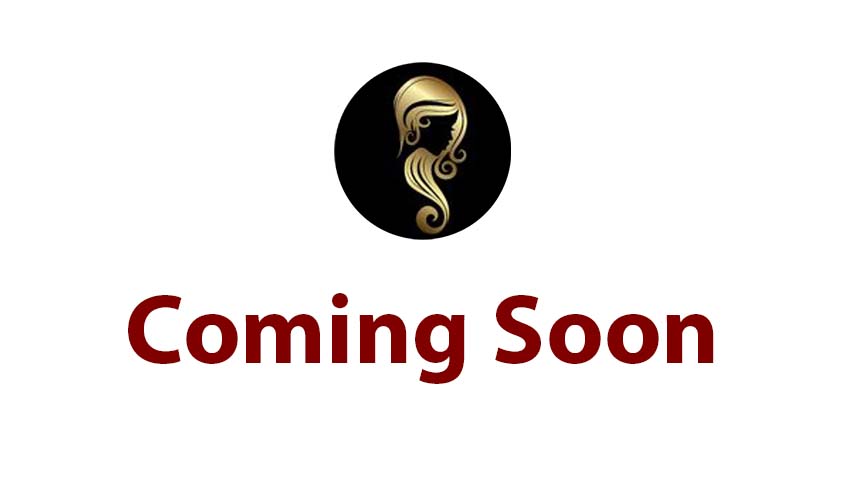When you’re looking to hire a Singapore web designer, their portfolio is your first window into their abilities. But portfolios are often crafted to impress with visuals, not to reveal the true depth of a designer’s skills.
Flashy designs and trendy layouts can mask gaps in strategy or execution. To find the right website designer, you need to look beyond the surface, focusing on their process, adaptability, and results. Here’s how to identify pitfalls and recognize qualities that signal a great hire.
Pitfall #1: No Context Behind the Work
A portfolio filled with stunning screenshots but no explanation of the project’s purpose, audience, or outcomes is a red flag. A skilled website designer doesn’t just create visuals—they solve problems. Look for portfolios that explain why design choices were made and how they benefited the client. Without context, you’re only seeing aesthetics.
Pitfall #2: Repetitive Design Patterns
If every website in the portfolio feels like a variation of the same template—similar layouts, fonts, or colors—it suggests a reliance on templates or limited creativity. When hiring a Singapore web designer, you want someone who can craft a unique site that reflects your brand, not a recycled version of past projects.
Pitfall #3: No Mobile Design Examples
Mobile browsing dominates in Singapore and globally. If a portfolio lacks mobile screenshots or demos, it’s a concern. It could mean the designer overlooks mobile usability, their mobile designs are weak, or they haven’t prioritized user behavior on smaller screens. Mobile-first design is critical.
Pitfall #4: No Live Website Links
Screenshots can’t show how a website performs in the real world. A portfolio without live links raises questions: Did these projects launch? Are there issues the designer is hiding? A strong website designer provides live sites to demonstrate functionality and performance.
Pitfall #5: Unclear Role Contributions
Web design is often collaborative, but a portfolio should clarify what the designer contributed. Did they focus on visuals, UX, or coding? Vague descriptions might inflate their role. A transparent Singapore web designer is upfront about their contributions.
Pitfall #6: Outdated Portfolio Projects
A portfolio heavy with old projects and no recent work is a warning sign. It might indicate the designer isn’t active, lacks relevant experience, or relies on outdated techniques. You want a website designer who’s current with modern tools and trends.
Pitfall #7: Ignoring User Experience
Websites are tools for users, not just art pieces. If a portfolio emphasizes aesthetics—“this design is sleek”—and ignores usability, navigation, or user needs, that’s a problem. A website designer should focus on creating intuitive, user-friendly experiences.
Now, let’s explore the qualities that signal a designer worth hiring.
Quality #1: Strategic Problem-Solving
A strong portfolio explains the reasoning behind design choices, like: “The client needed more leads, so I optimized the form layout.” This shows the designer thinks strategically, aligning their work with business goals—a key trait for a Singapore web designer.
Quality #2: Diverse, Custom Designs
Look for portfolios showcasing a variety of industries and styles, from startups to retail to education. Each project should feel tailored to its client’s brand and audience. This versatility proves the website designer can create a unique solution for your needs.
Quality #3: Live, Responsive Websites
When a portfolio includes live links, test them thoroughly. Try them on your phone, resize the browser, and check navigation. Are the sites fast and intuitive? A website designer who builds responsive, user-friendly sites prioritizes performance and usability.
Quality #4: Transparent Role Clarity
A trustworthy designer is clear about their contributions, whether it’s UX research, visual design, or coding. They don’t claim credit for work they didn’t do. This transparency is a sign of a professional website designer who sets clear expectations.
Quality #5: Authentic Client Testimonials
Look for testimonials that feel genuine, detailing specifics like the designer’s communication or problem-solving skills. Testimonials with a client’s name or company add credibility. This indicates the Singapore web designer builds trust and delivers results.
Final Thoughts
A portfolio is more than a visual showcase—it’s a glimpse into a website designer’s expertise, mindset, and professionalism. Don’t be swayed by aesthetics alone. Seek evidence of strategic thinking, versatility, and user focus while avoiding the pitfalls that signal trouble.
When choosing a Singapore website designer, critique their portfolio carefully. Test live sites, ask questions, and prioritize the qualities that matter. You’re investing in a partner to bring your vision to life—ensure they’re the right fit for the job.































